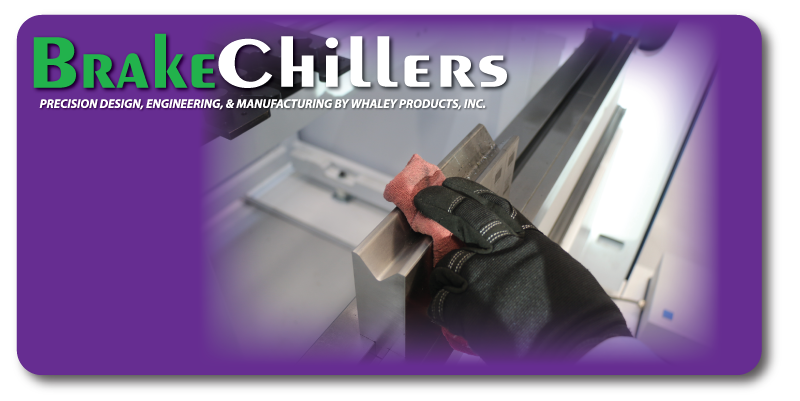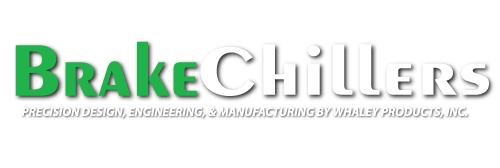Brake Press Maintenance
Brake press maintenance is critical to the longevity of the machine. Daily checklists and observations are the best way to make sure a machine doesn’t malfunction. A visual inspection of all areas of the will allow an operator to notice any issues. This allows an operator fix a small problem before it comes bigger. Four key areas to maintain are the hydraulic circuit, the mechanical system, the electrical systems and tooling.
The hydraulic circuit is where the hydraulic oil and hydraulic tank are stored. Like checking the oil in a car, checking the oil level in a brake press is important for a running machine. Hydraulic oil is the life-force of the brake press. Keeping hydraulic oil clean and particle free are critical. This task should be performed daily. By checking the level of hydraulic oil, there will be no erratic operations or damage to the hydraulic pump. Problems with the pump are due to contaminated oil. This can create issues with the pump by jamming the pistons and a gradual loss of pressure. The hydraulic circuit tank must be cleaned and have its filters replaced every 3 months The tank cover must also be checked as well. The tank cover should cover the seals and breathers. Air breathers allow the intake of air and prevent a vacuum of liquid.
The mechanical components of a brake press include piston bolts, guides, and chain sprockets. These must be checked at least twice a year. Bolts and screws must be tightened. Guides must be lubricated but not over greased. The guides must be adjusted by a technician.
Electrical components of must be checked annually. Terminal strips, relays and terminal boxes on motors should be checked and the connections that run to them. Circuit boards should be checked for burned parts, and cracked solder points. Voltages from the power supplies and transformers should be looked at. Cables switches, and fans should be looked at for damage.
Tooling of machines varies. Some fabricators sharpen and grind punching tools. Press brakes should only be sharpened or reconditioned by the manufacturer. To keep a press brake tooling lifelong the right tooling should be picked for the right application. Tooling should be clean and free from buildup. If cracking occurs evaluation, reconditioning or replacement should be considered. The four areas of a press brake should be evaluated and taken care of as to continue the press bake longevity.
